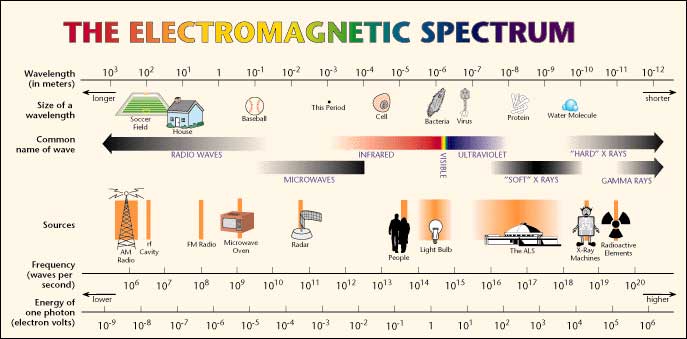1600
- 1600 William Gilbert published “De Magnete,” recognized that Earth is a magnet
- 1630 Cabeous found there are two electric charges
- 1660 Otto von Guericke invents an early electrostatic generator
- 1675 Robert Boyle shows electric repulsion and attraction across a vacuum
- 1676 Olaus Roemer measures the speed of light by observing Jupiter’s moons
1700
- 1732 C. F. du Fay demonstrates electric charges generated by rubbing different materials together
- 1745 Peter van Mussenchenbroek invents the Leyden jar
- 1752 Benjamin Franklin demonstrates that lighting is electricity, that charges concentrate at points on a rod, and that charge is stored on the glass of a Leyden jar. Names positive and negative charges.
- 1785 Charles Coulomb reports inverse square law for electrostatics
- 1786 Luigi Galvani discovers “animal electricity”
1800
- 1800 Alexandro Volta invents voltaic cell (pile)
- 1820 Hans Christian Oersted observed a magnetic needle sits at right angle to electric current
- 1831 Michael Faraday discovers electromagnetic induction–a moving magnet generates electric current in wire
- 1835 Joseph Henry invents electric relay, leads to the telegraph
- 1837 Samuel Morse develops the electric telegraph and, with Alfred Vail, creates Morse code
- 1838 Michael Faraday discovers cathode rays
- 1845 Michael Faraday discovers light propagation influenced by magnet
- 1854 Completion of first transcontinental telegraph system
- 1857 Heinrich Geissler invents gas discharge tube
- 1858 Cyrus Field commissions transatlantic cable–fails in a month.
- 1865 James Clerk Maxwell publishes “A Dynamical Theory of the Electromagnetic Field”
- 1866 New transatlantic cable installed
- 1869 William Crookes invents the Crookes tube (cold cathode evacuated tube)
- 1873 James Clerk Maxwell states light is an electromagnetic phenomenon
- 1875 Thomas Edison views “aetheric force”
- 1881 Amos Dolbear demonstrates wireless transmission by induction. Patent (1886) later sold to Marconi
- 1883 James Wimshurst invents electrostatic generator
- 1887 Heinrich Hertz apparatus produces and receives electromagnetic waves
- 1890 Reginald Fessenden invents silicon iron for transformer cores
- 1892 Thomas Edison wireless transmission by induction patent (later sold to Marconi)
- 1895 William Conrad Roentgen discovers x-rays
- 1897 J. J. Thompson discovers the electron
- 1897 Karl Ferdinand Braun invents cathode ray tube (Braun tube)
- 1898 Oliver Lodge receives “syntonic” tuning patent for antennas
1900
- 1900 Reginald Fessenden first audio radio transmission from Rock Point, Maryland
- 1904 John Ambrose Fleming produces thermionic diode (Fleming valve) tube used as a rectifier
- 1904 Supreme Court awards Marconi patent for invention of radio
- 1905 Karl Ferdinand Braun invents phased array antenna
- 1906 Lee de Forest invents triode vacuum tube (Audion)
- 1907 Walter Wentworth Massie builds Wireless Station PJ at Point Judith, RI
- 1907 Marconi establishes first permanent transatlantic wireless station NS to Ireland
- 1909 Karl Ferdinand Braun wins Nobel Prize for improvements in wireless telegraphy
- 1909 Guglielmo Marconi wins Nobel Prize for wireless telegraphy
- 1910 Wireless ship act requires wireless on all major ships (with silent time for SOS)
- 1910 Walter Massie forced to close Wireless Station PJ by patent dispute with Marconi
- 1912 After Titanic sinking Radio Act requires 24 hr radio watch on ships
- 1914 Edwin Armstrong invents regenerative circuit
- 1918 Edwin Armstrong invents superheterodyne circuit
- 1919 RCA formed by GE with the encouragement of the US government
- 1920 Spark gap telegraphy replaced completely by wireless radio
- 1920 Westinghouse first commercial broadcasting station KDKA, Pittsburgh
- 1922 Edwin Armstrong invents superregenerative circuit
- 1933 Edwin Armstrong invents FM. Fought RCA claims until his death. He was eventually exonerated.
- 1947 John Bardeen and Walter Brattain, supervised by William Shockley, developed the transistor
